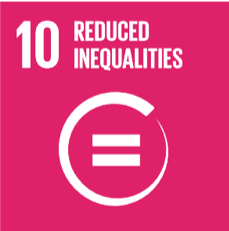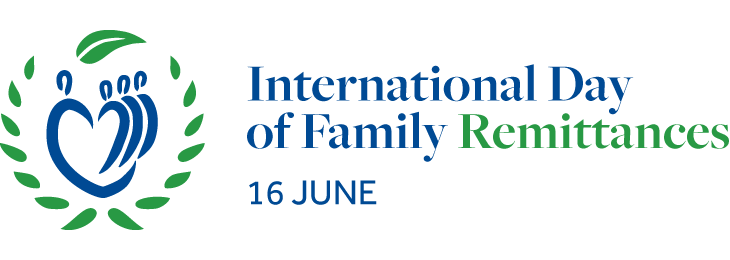
SDG10, reduced inequalities
#FamilyRemittances
Reduce inequality within and among countries
10.c
By 2030, reduce to less than 3 per cent the transaction costs
of migrant remittances and eliminate remittance corridors with costs higher than 5 per cent
How remittance families contribute to the goal
-
Reducing the cost of remittance transfers can substantially increase disposable income for remittance- receiving families.
-
By reducing average costs to 3 per cent globally, remittance families would save an additional US$20 billion annually.
-
Civil society awareness-raising and information campaigns are achieving progress in promoting better working conditions for migrant workers and cheaper, faster and safer means to send their remittances.
Recommended actions
Enabling environment and regulations
- Adapt regulations that are commensurate to relatively low-value transactions to avoid excessive, counterproductive and costly processes.
- Recognize that “de-risking” practices used by global financial institutions effectively deny many remittance companies access to the financial system, threatening their existence as well as the ability of migrant workers to send money home to their families, particularly those living in fragile situations.
- Acknowledge that exclusivity agreements continue to limit competition and cost reduction, particularly in many countries served by low-volume corridors and into rural areas.
- Understand that taxing family remittances is counterproductive, as it incentivizes informal transfer systems.
- Increase market transparency by empowering end-users with accessible information on costs, claim process disclosures, new channels for sending money and additional services.
- Develop national “whole-of- government” remittance plans in recipient countries to fully assess the opportunities represented by remittances and migrant investments in their local economies.
- Support the expansion of the remittance and diaspora investment markets and related services through the provision of public and accurate data at macro, meso and micro levels.
Competition and cost
- Encourage RSPs on both sides of remittance corridors to incorporate competitive business models, and invest in more cost-effective and inclusive distribution channels and products, leading to lowering transaction costs to the SDG goal of 3 per cent.
- Support a proportional and predictable enabling environment for technological innovators such as FinTechs, mobile network operators and nonbank financial institutions to enter this market, reach the last mile and link financial services to remittances.


